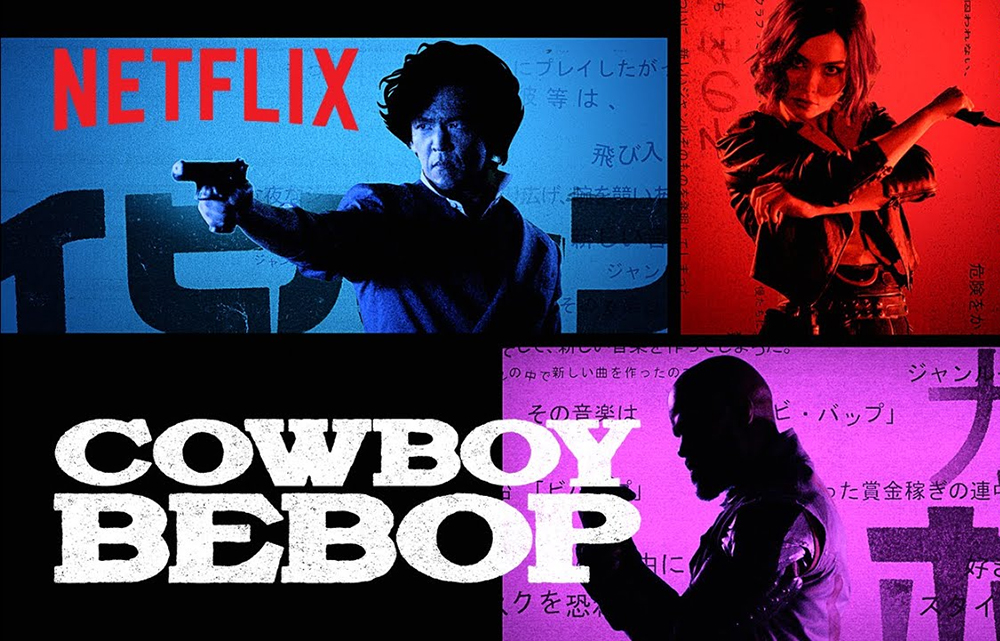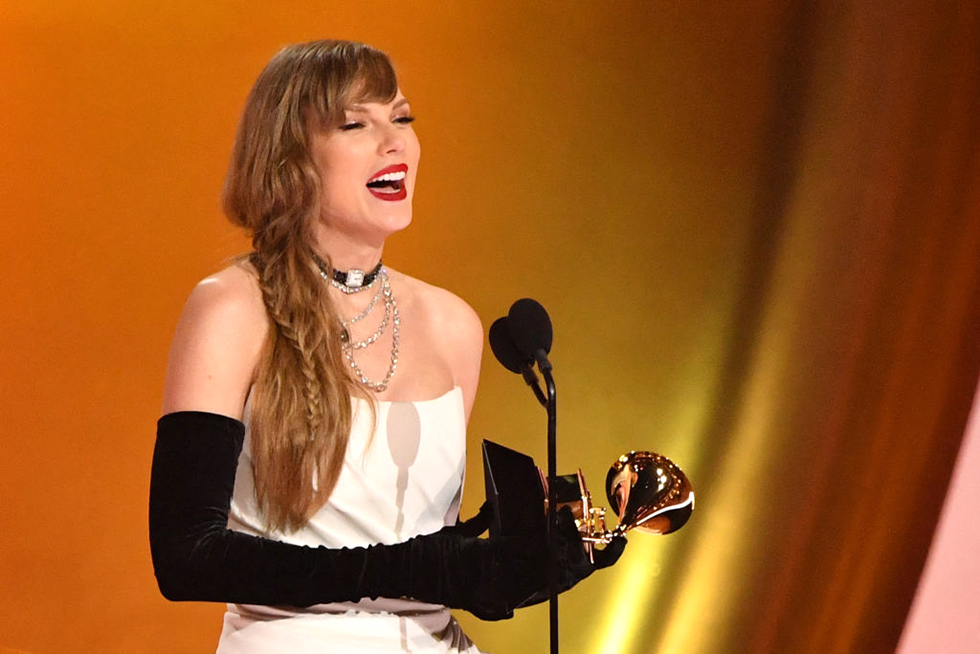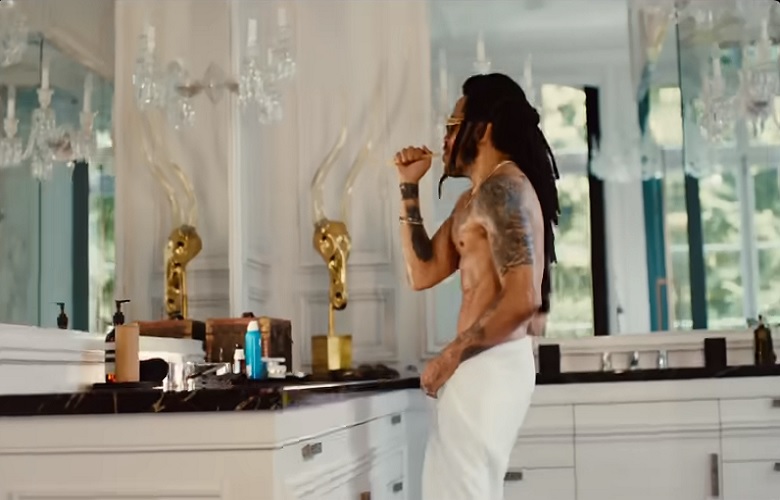After the failed adaptations of “Death Note” and “Cowboy Bebop,” Netflix has finally rolled out its first live-action adaptation of Japanese animated classic “One Piece,” a show that fans may be hesitant to embrace. In its debut week, the series shattered the previous streaming service record set by “Bridgerton” and “Wednesday” and became the most-watched show in 84 countries.
Eiichiro Oda, a Japanese artist who started creating the “One Piece” manga when he was just 22 years old in 1997, practically began his journey with boundless enthusiasm. Today, this iconic tale of pirate adventures in a fantastical world spans over a hundred volumes, with a cumulative circulation of over half a billion copies, making ‘One Piece’ the best-selling manga in history and the second-best-selling comic globally, only trailing behind “Superman.”
Working tirelessly for a quarter of a century, the workaholic Oda has crafted and continues to expand one of those massive fictional universes that usually captivate armies of fans but may intimidate potential newcomers. Because when you realize that this story has been evolving continuously since the year Mike Tyson bit off Holyfield’s ear, Princess Diana tragically died in a car accident, and two unknown Ph.D. candidates registered the domain google.com in the USA, it’s easy to feel overwhelmed. Delving into the vast setting and the plethora of characters with extensive backgrounds for months, only to watch an adaptation that you may not even like, requires a certain level of commitment.
However, Netflix’s project is specifically aimed at those who will be encountering “One Piece” for the first time. In other words, you don’t need to do any homework before watching it. You just need to love stories about pirates and, of course, fantasy, because “One Piece” unfolds in an imaginary world where 90% of the land is water, and there’s only one continent. Plus, there are plenty of scattered islands in the ocean, each a unique little world in itself. As for the story’s premise, it goes like this: the famous pirate Gol D. Roger, before his execution for numerous robberies, declares from the gallows that he hid the legendary treasure known as “One Piece” on one of these islands. Whoever finds it will become the new Pirate King. All adventurers immediately set out on the search, and with them begins the journey of a young boy named Luffy. This young pirate once consumed a Devil Fruit, granting him the ability to stretch his body like rubber, which he’ll need many times over…
For a long time, Japanese manga (comics) and anime (cartoons) were primarily popular in Japan itself, as well as among niche groups of geeks deeply immersed in the contemporary culture of samurai descendants. However, since streaming services took the world by storm, Western audiences have gradually embraced this specific content with its peculiar taste of the enigmatic Japanese soul. For instance, Netflix acquired such hit anime series for its catalog as “Neon Genesis Evangelion,” “Monster,” “Berserk,” and more. And it paid off, as viewers thoroughly enjoyed them. Nevertheless, acquiring licenses for classics is one thing; creating original projects is another. Perhaps looking at Disney, which has recently been actively remaking popular animated films into live-action versions, Netflix decided to embark on a similar path.
The First Pancake Was Lumpy

Photo: “Death Note”, Source: Netflix
In 2017, viewers witnessed the release of the full-length film “Death Note,” based on the manga by Tsugumi Ohba and Takeshi Obata. The plot revolves around a high school student who comes into possession of a deadly notebook, an artifact from the god of death. Whatever name is written in the notebook will meet their demise. The student decides to combat criminals using the notebook, but a brilliant detective begins to oppose him. In Netflix’s adaptation, this intellectual thriller morphed into a bleak teenage detective story that failed to impress anyone. Its sequel (the story remained unfinished) disappeared into obscurity, as if someone had found a real “Death Note” and inscribed within it, “Death Note by Netflix.”
Next came the 2021 series “Cowboy Bebop,” Netflix’s second attempt at a live-action adaptation, this time of an anime series. This adaptation turned out even worse than “Death Note.” A loose interpretation of the iconic space cowboy bounty hunter’s adventures so butchered the plot that instead of cool and stylish lone heroes forced to cooperate due to difficult life circumstances, viewers were presented with a bunch of incomprehensible, depressed individuals solely focused on escaping their pasts. Shinichiro Watanabe, the director of the cult anime, endured only a few minutes of it before surrendering and delivering a merciless verdict: “This is not Cowboy Bebop.” Fans were equally unimpressed, and Netflix canceled the project just three weeks after its premiere.

Photo: “Cowboy Bebop”, Source: Netflix
After these two failures, when Netflix announced that it would be making a live-action adaptation of “One Piece” with real actors, no one had high hopes anymore. The issue lies not so much with Netflix as with the inherent challenge of the task itself. Most attempts to create live-action versions of beloved anime also ended in disappointment in other productions (just think of the poorly received “Dragonball Evolution” by James Wong or “The Last Airbender” by M. Night Shyamalan – although it’s best not to mention these films if you want to sleep well).
Live actors cannot easily capture the hyper-exaggerated facial expressions and movements of anime characters, often leading to shallow cosplay rather than a true cinematic experience. Additionally, colors and their contrasts play crucial emotional and symbolic roles in manga and anime, which often get lost in modern series due to a single-color correction. Finally, what is easy to draw is not always easy to film (even with a special effects budget). And most importantly, fans have cherished their manga series for decades, making it nearly impossible to please them with even the most faithful live adaptations. Any minor deviation from the source material would drive them to outrage.

Photo: “Last Airbender”, Source: Paramaunt
So why did “One Piece” by Netflix, whose first season was well-received by both critics and viewers (including Japanese audiences), become an exception to this rule? Firstly, the streaming service decided to collaborate closely with the manga’s creator, Eiichiro Oda, who set a condition: if he didn’t like the result, the series wouldn’t go into production. To ensure this, Netflix didn’t just show him a pilot but actively involved him in the series’ development. This was not the case with “Death Note” or “Cowboy Bebop,” where the sacred originals were tampered with by some heretics.
Secondly, this time Netflix chose not to ‘reinvent the wheel’ but to faithfully adapt the manga, following its canon. No fan will be crying in fury about major deviations. All the essential and vibrant details of the manga were carefully transferred to the series, sparing disappointed viewers of heart attacks.
Thirdly, Netflix abandoned the tempting idea of cramming all the numerous manga volumes into a single season and instead created something like a collection of the best moments. The live-action version of “One Piece” only touches the first 11 volumes, allowing the series to be coherent and focused. It captures the spirit of pirate adventures, the vastness of the fantasy world, and the manga’s signature quirky humor, primarily personified by Luffy himself, who approaches all the world’s problems and misfortunes with ease and humor.
The Postmodernist Game
Furthermore, the “One Piece” manga is a postmodern play with genres, and the series faithfully follows this tradition. Luffy’s adventures are not the same as Jack Sparrow’s in “Pirates of the Caribbean.” While you’ll occasionally encounter scenes of maritime battles and the like, the genre changes from episode to episode: from action to horror, from comedy to social drama, from western to samurai films.
Interestingly, in the overall classification of Japanese comics, “One Piece” falls into the seinen genre – action-fantasy for romantically inclined boys. Despite the genre’s diversity, it’s the vivid action that captivates manga, anime, and now the series’ audience. However, this same seinen nature might deter some viewers, especially those who consider themselves adults (typically older than 14). Most likely, they may find it challenging to thoroughly enjoy the show after a long day of work or study, lying on the couch in front of the TV and associating themselves with a young rubbery pirate in search of treasure island.
Source: The Gaze







